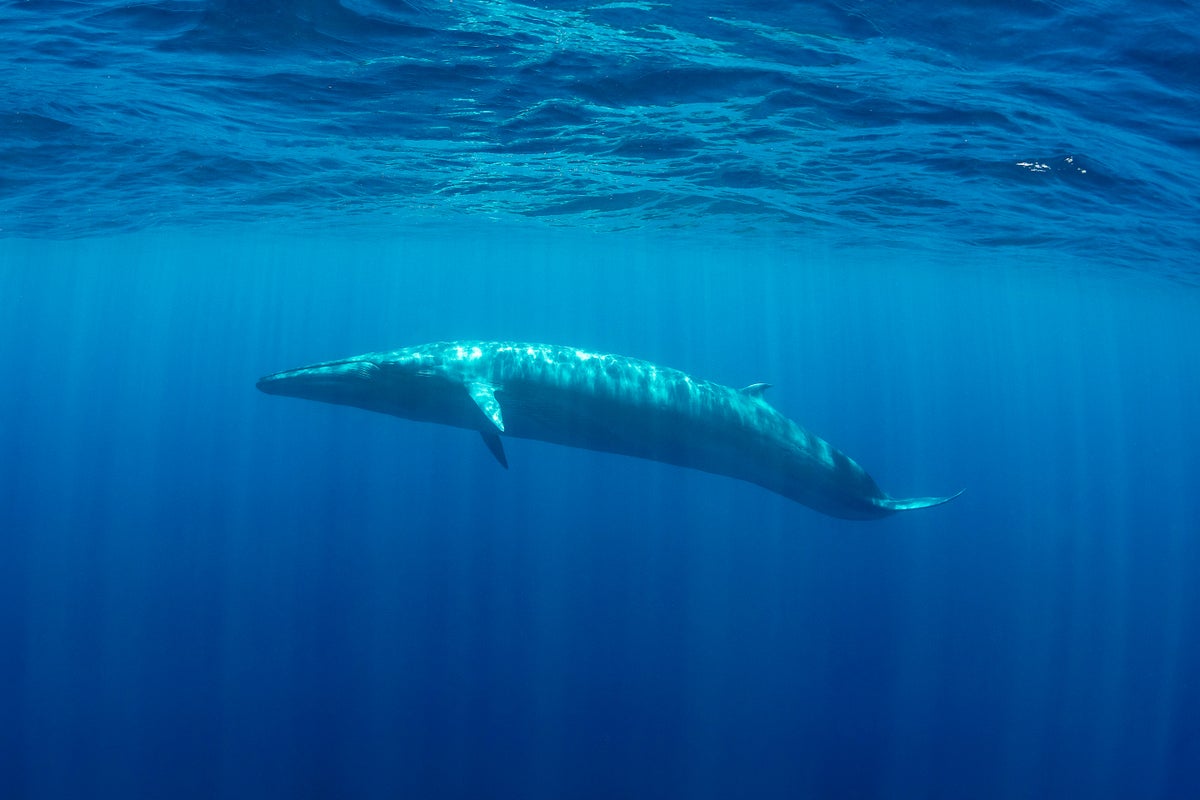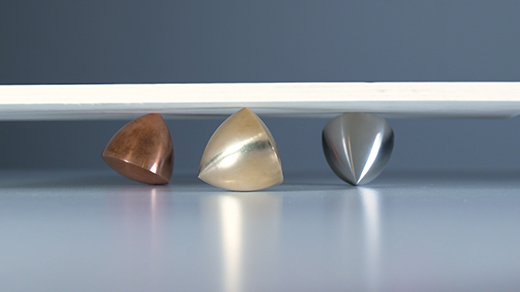![Monte Testaccio - Wikipedia Monte Testaccio (Italian pronunciation: [ˈmonte teˈstattʃo] )[ 1] or Monte Testaceo, also known as Monte dei Cocci, is an artifi](https://upload.wikimedia.org/wikipedia/commons/thumb/2/2c/Testaccio_monte_dei_cocci_051204-12-13.JPG/1200px-Testaccio_monte_dei_cocci_051204-12-13.JPG)
Monte Testaccio - Wikipedia
Monte Testaccio (Italian pronunciation: [ˈmonte teˈstattʃo] )[ 1] or Monte Testaceo, also known as Monte dei Cocci, is an artificial mound in Rome composed almost entirely of testae (Italian: cocci), fragments of broken ancient Roman pottery, nearly all discarded amphorae dating from the time of the Roman Empire, some of which were labelled with tituli picti . It is one of the largest spoil heaps found anywhere in the ancient world, covering an area of 2 hectares (4.9 acres) at its base and with a volume of approximately 580,000 cubic metres (760,000 cu yd), containing the remains of an estimated 53 million amphorae. It has a circumference of nearly a kilometre (0.6 mi) and stands 35 metres (115 ft) high, though it was probably considerably higher in ancient times.[ 2] [ 3] It stands a short distance away from the east bank of the River Tiber, near the Horrea Galbae where the state-controlled reserve of olive oil was stored in the late 2nd century AD.[ 4] The mound later had both religious and military significance.
The huge numbers of broken amphorae at Monte Testaccio illustrate the enormous demand for oil of imperial Rome, which was at the time the world's largest city with a population of at least one million people. It has been estimated that the hill contains the remains of as many as 53 million olive oil amphorae, in which some 6 billion litres (1.3 billion imperial gallons/1.6 billion U.S. gallons) of oil were imported.[ 5] Studies of the hill's composition suggest that Rome's imports of olive oil reached a peak towards the end of the 2nd century AD, when as many as 130,000 amphorae were being deposited on the site each year. The vast majority of those vessels had a capacity of some 70 liters (15 imp gal; 18 U.S. gal); from this it has been estimated that Rome was importing at least 7.5 million liters (1.6 million imperial gal/2 million U.S. gal) of olive oil annually. As the vessels found at Monte Testaccio appear to represent mainly state-sponsored olive oil imports, it is very likely that considerable additional quantities of olive oil were imported privately.[ 6]















